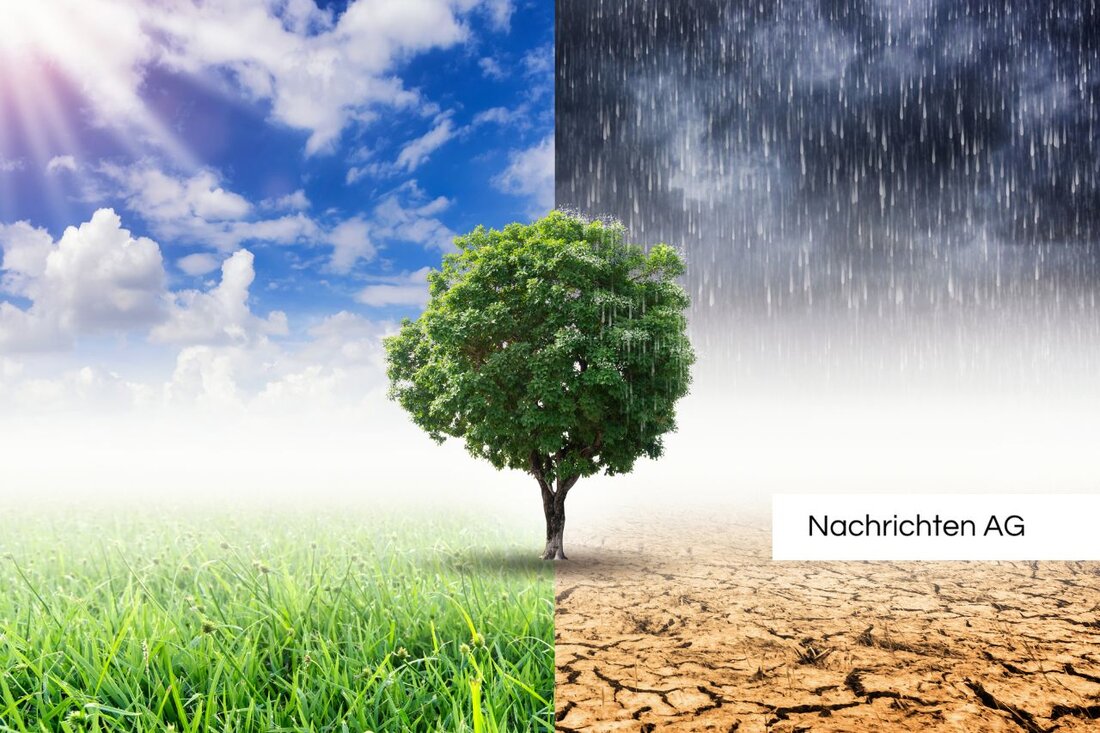Urban development in climate change: Leipzig relies on sponge city!
Find out how the Helmholtz Center for Environmental Research and partners design and adapt urban spaces to be climate-resilient.

Urban development in climate change: Leipzig relies on sponge city!
The challenge of climate change presents urban regions with immense tasks, especially with regard to increasing heavy rainfall events. In view of this situation, the city of Leipzig has committed itself to the development of blue-green infrastructure in collaboration with the Helmholtz Center for Environmental Research (UFZ) and other partners. These new approaches are intended to help make urban spaces more resilient to climate impacts by implementing the principles of water-sensitive urban development. The Paris Climate Agreement calls on countries not only to reduce greenhouse gas emissions, but also to develop adaptation strategies to climate change. At the heart of these strategies is the multifunctionality of the space, which is intended to create a natural water cycle. This includes the infiltration and evaporation of rainwater on site as well as the storage of the water in so-called “sponge cities”. Helmholtz Klima reports that an analysis is being carried out in Leipzig for a 25-hectare new building district that will provide space for around 3,700 people.
The implementation of blue-green infrastructures includes both nature-based elements such as ponds, parks and trees as well as technical systems such as swales, trenches and green roofs. This combination is crucial to mitigating the risks of flooding, hot spells and drought. A science-based planning tool is used to calculate and model the impacts of heavy rainfall and drought events. In addition, the central sewage system should be relieved by no longer channeling rainwater into the sewage system.
Sponge City: A future-oriented concept
The “sponge city” concept is seen as key to adapting to climate change. This concept is designed for the storage, use, evaporation, infiltration and drainage of rainwater. Studies by IOEW show that comprehensive changes in the existing socio-technical system are required in order to effectively implement these infrastructures. This includes developing a mix of policy instruments that promote the establishment of blue-green infrastructure. The first part of the project focuses on implementing the sponge city principle, while the second part includes the modernization of roofs through greenery and solar systems.
A significant goal of this initiative is to identify the ten most effective levers that are necessary for the transformation into a climate-resilient sponge city. In order to achieve this goal, extensive literature research and workshops with experts are carried out. The efforts also include support for municipalities and owners through model solutions, handouts and recommendations for tenders. Initial results were presented in September 2024 at a meeting of the Society of Environmental Toxicology and Chemistry.
Climate protection and energy efficiency
Another central aspect of the project is improving energy efficiency in the newly designed urban districts. The measures are intended not only to address climatic challenges, but also to achieve significant savings in energy costs. To meet the demands of the population, close collaboration between different actors is required to ensure that solutions meet the needs of the community.
The implementation of these innovative concepts is not only crucial for the quality of life of city residents, but also makes a significant contribution to climate protection. The integration of blue-green infrastructures therefore represents a significant step towards a resilient, climate-friendly urban future.

 Suche
Suche
 Mein Konto
Mein Konto
